You might be thinking about what type of latch you should use for your farm gate. We're here to help you choose! We've researched the different types of farm gate latches. Find out their description and qualities below.
It's important to familiarize yourself with different types of gate latches before you install one. If you own a pig farm, for instance, you should consider installing an appropriate gate latch to protect them from unathorized people.
See below the list of farm gate latches you can choose from:
- Chain-and-bolt latch
- Ring latch
- Throw-over latch
- Spring rod latch
- Hasp-and-staple latch
- Slide plate latch
- Slide wheel latch
- Cane bolts
- Hook-and-eye
- Lever latch
- Key latch
With this article, you'll learn different types of farm gate latches, the installation steps, and other related matters. We'll share with you relevant information in choosing which type of latch will be best for your farm gate. So, read with us!
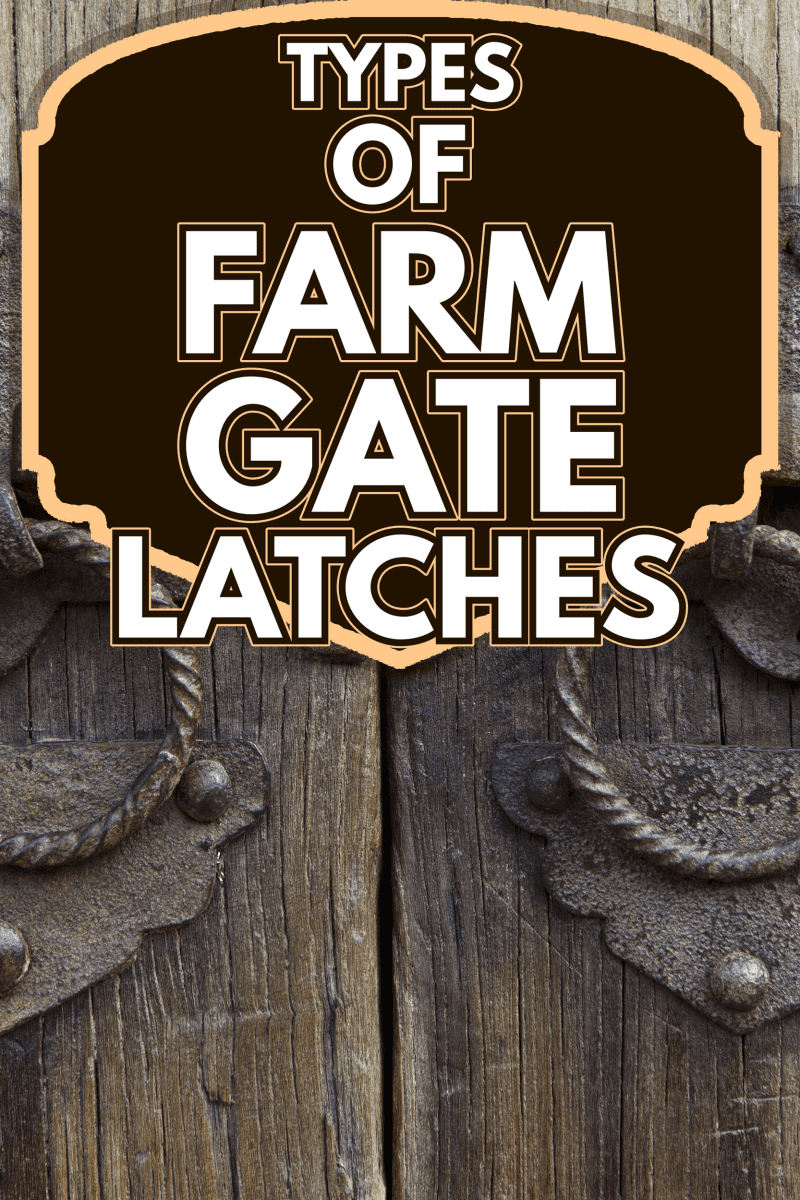
Types of Farm Gate Latches
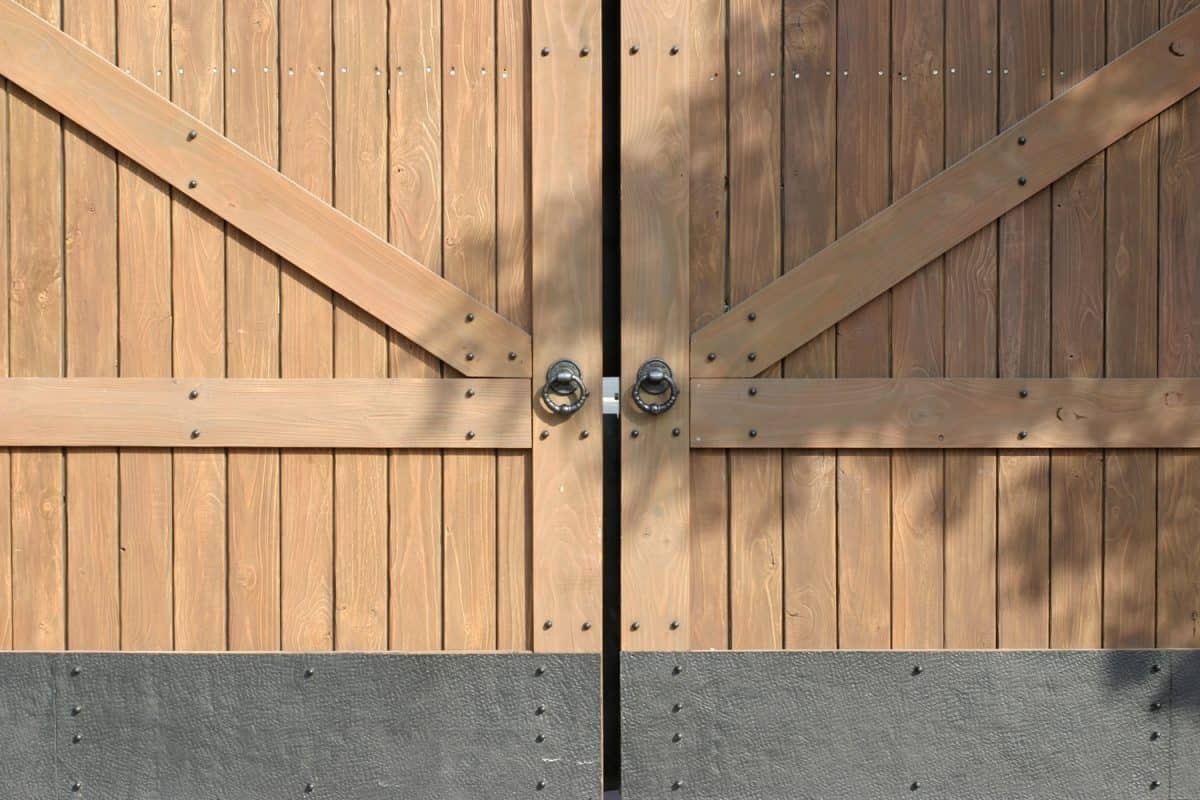
Latches differ in the way they lock and hold the gate. Some require an additional padlock while some can lock on their own. Below are the description for each type of gate latches.
1. Chain-and-Bolt Latch
The combination of chain and bolt can lock the gate, either from the inside or from the outside. The bolt connects to the end of a chain, in which you'll slide the bolt into a metal plate to lock the gate.
You should install the metal plate on the post, while the chain and bolt should be attached on the gate. The chain-and-bolt latch will give you a slight view of the outside so that you'll recognize who is knocking on the other side before you fully open the gate.
See this chain-and-bolt latch on Amazon.
2. Ring Latch
The ring latch has a circular metal, that serves as the handle, measuring about two inches in diameter attached to a metal plate. The ring latch comes with a fin-shaped trap, in which you just have to push the gate to catch the metal plate for locking.
On the other hand, you just have to lift the metal plate to unlock the gate.
See this ring latch on Amazon.
3. Throw-Over Latch
A throw-over latch is usually installed on top of gates. It is made of a metallic plate the same width as the gate for a flawless fit. The head of this throw-over latch is square in shape and has a single port for inserting the padlock.
The end of the throw-over latch has two holes for screwing, which makes the latch swing vertically. Also, a throw-over latch is safe from children as they cannot reach it when playing.
4. Spring Rod Latch
It's a metallic rod with a spring around it. Its rod is bent and attached to a metal plate. You just need to push the rod to lock the latch, while lifting the rod again will release the hold quickly.
See this spring rod latch on Amazon.
5. Hasp-and-Staple Latch
It's the most common gate latch, which you can also use for cabinets and drawers. The hasp has a metal plate for screwing, and an overlapping plate for locking.
The U-shaped staple serves as the location for the padlock. Hasp-and-staple latch saves space compared to other latches that are bulky or having a bulged handles.
See this hasp-and-staple latch on Amazon.
6. Slide Plate Latch
Do not confuse the purpose of a slide plate latch. It's meant to lock a swinging gate, rather than a sliding gate. Its rod is rectangular in shape, making it fit perfectly to the locking port just by sliding.
See this slide plate latch on Amazon.
7. Slide Wheel Latch
Contrary to a slide plate latch, you can use a slide wheel latch only for sliding gates. It comes with a wheel to trap the metal plate. You just have to press the wheels to loosen up its hold. Depending on the manufacturer, some slide wheel latches have magnets to increase the stability of the metal plate.
See this slide wheel latch on Amazon.
8. Cane Bolts
Cane bolts are the simplest latch. You just have to attach a metallic rod below the gate and prepare a hole on the ground for locking. These cane bolts are strong against external forces and are usually heavy to prevent outsiders from lifting them up.
9. Hook-and-Eye Latch
Hook-and-eye is the cheapest among type of latches. It has a metallic hook to join the gate and post together. You just have to insert the bent hook into the eye.
The only disadvantage of a hook-and-eye latch is that it cannot hold too much force when you push the gate. However, the hook-and-eye latch acts as support alongside other latches.
Click here to see an hook-and-eye latch on Amazon.
10. Lever Latch
A lever latch has a keyhole on its backplate, which opens with a sash lock. You can close and open the gate by pulling the lever to reach the keyhole.
See this lever latch on Amazon.
11. Key Latch
It's a type of latch that requires a key to open. It can be a knob or a keyhole plated against the gate. Key latches require a unique key pattern to unlock them. You should keep a copy of its key. Otherwise, you have to break the keyhole and its plate to unlock the gate.
Do Latches Need a Padlock?
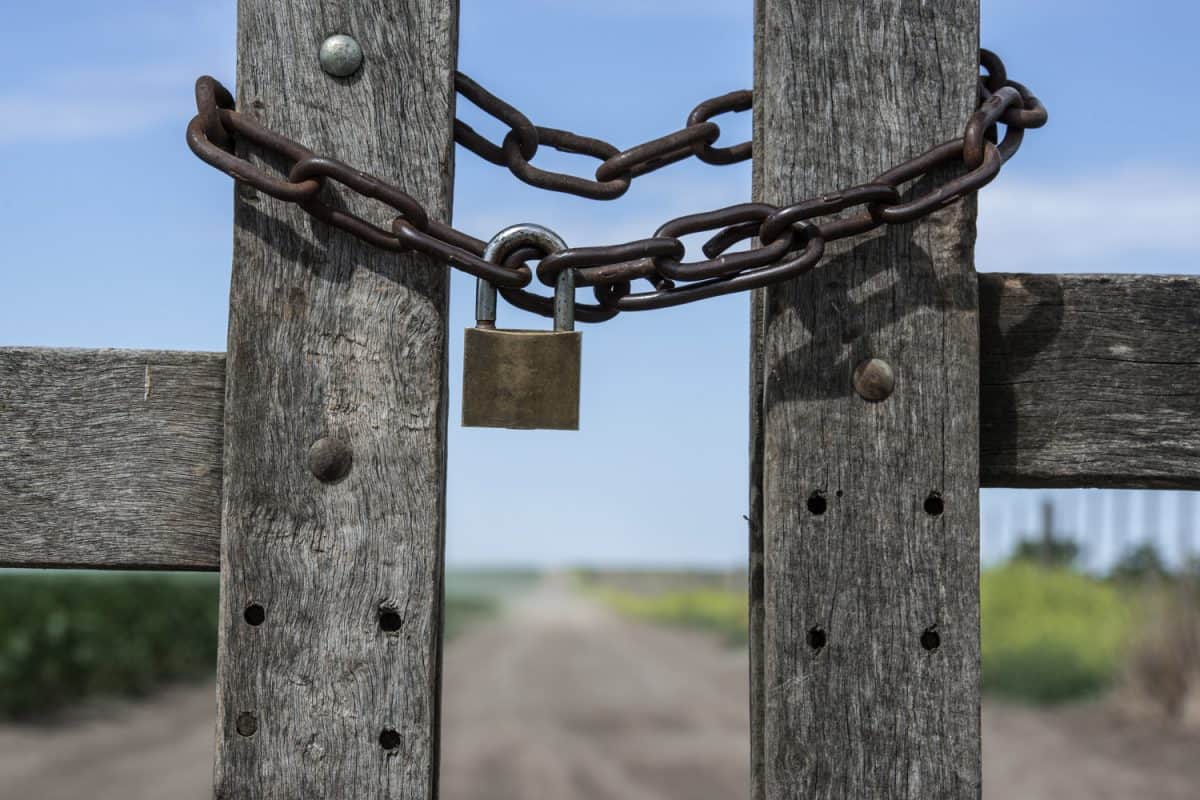
A padlock is a metallic material used for securing an object from any movement. A padlock has a mechanism that uses a key with a unique pattern to detach the hook inside the padlock's body and release its hold.
Using a padlock depends on how the latch is made. If a latch has a locking port or arc, then you can add a padlock to make latch more secure. Locate the locking port and see the product's guide of use.
How to Install A Gate Latch?
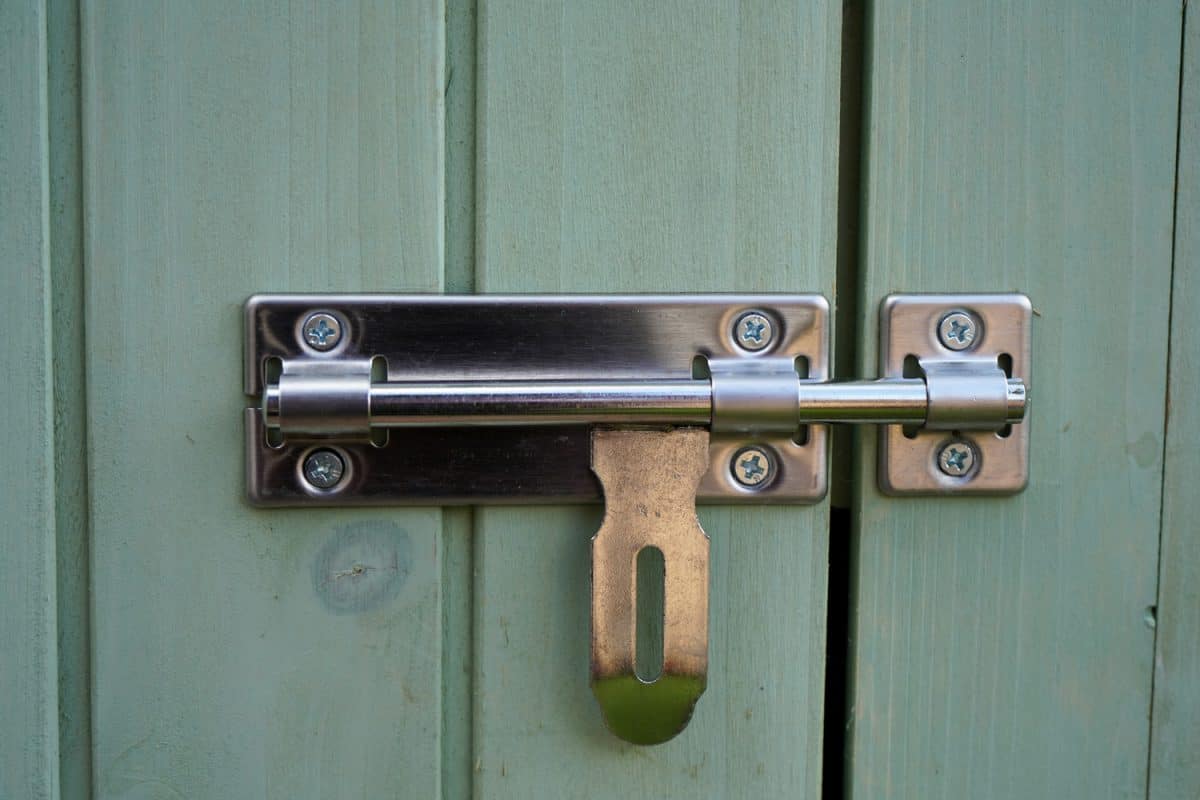
Gate latches may differ in installation. Refer to the product's instructions for accurate steps. Remember to always install a latch on the closed gate. However, you can consider these general steps in installing a gate latch.
- Measure the height of the gate, then mark how high you want the latch be.
- Lock the latch for accurate leveling of metal plates on the gate and post.
- Mark the holes for screws, then drill these holes.
- Screw the metal plate on using a screwdriver. Or use nails depending on the type of latch you'll use.
- Test the locking port by a close-open movement of the gate. Your latch should be ready to use afterward.
What to Consider in Choosing Farm Gate Latch?
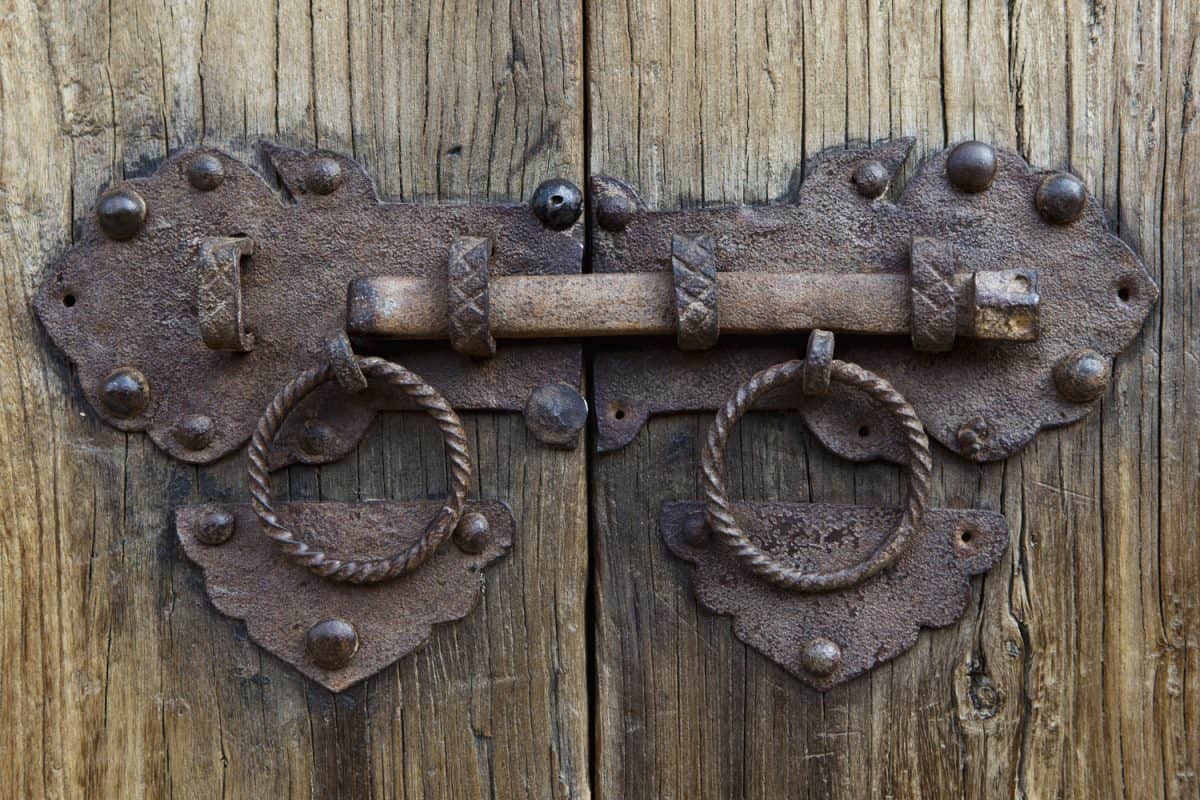
You should know if a latch will work for your farm gate. It's also important to know your gate's condition. Refer to the list below on things to consider when choosing a farm gate latch.
Purpose
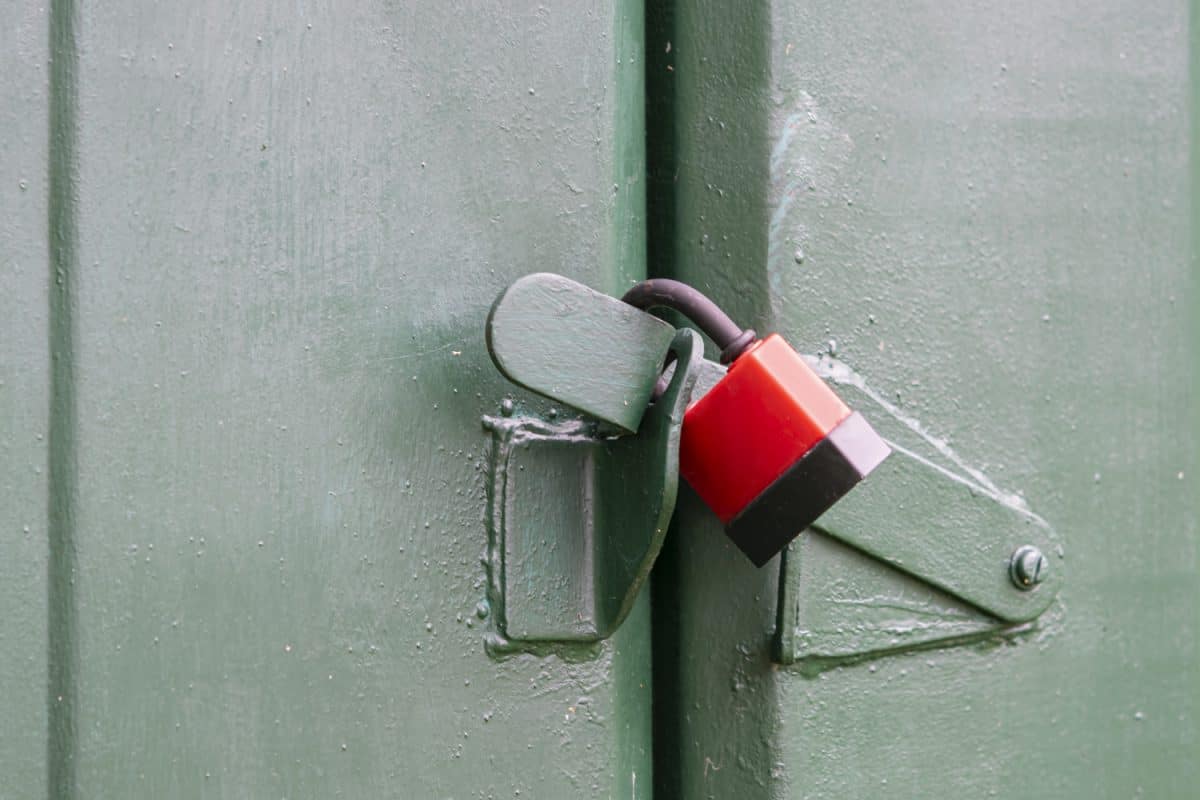
Know the purpose of a latch if ever you'll install one. Do you think adding a latch will contribute to the use of the gate? Check also what materials are used to make the gate. Wooden gates obtain damage naturally by the rain or impact. Repair the gate first to maximize security before adding a latch.
Gate Movement
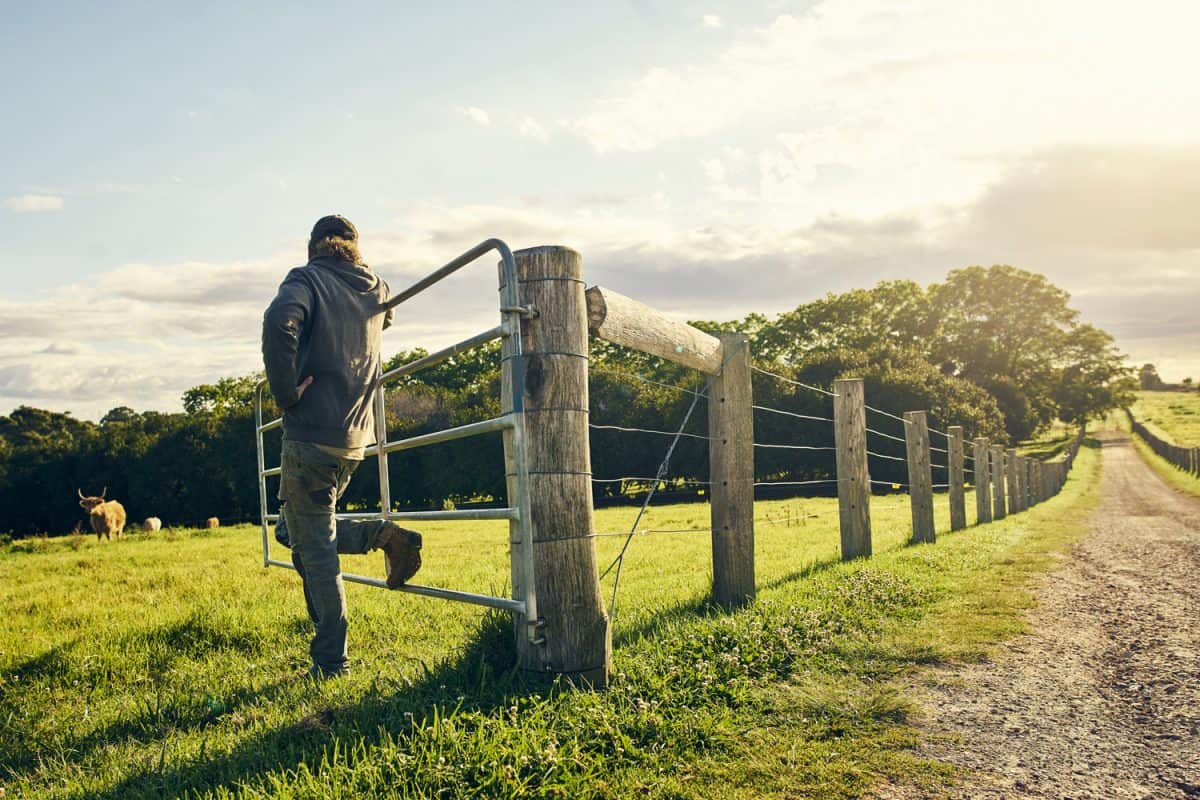
Be familiar with the mechanism of the gate whether it moves by sliding or swinging. Test the gate by close-open movement, then figure out if the latch will lock and hold the gate. For instance, a sliding plate latch will not hold a sliding gate. Know how the gate moves before installing a latch.
Gate Height
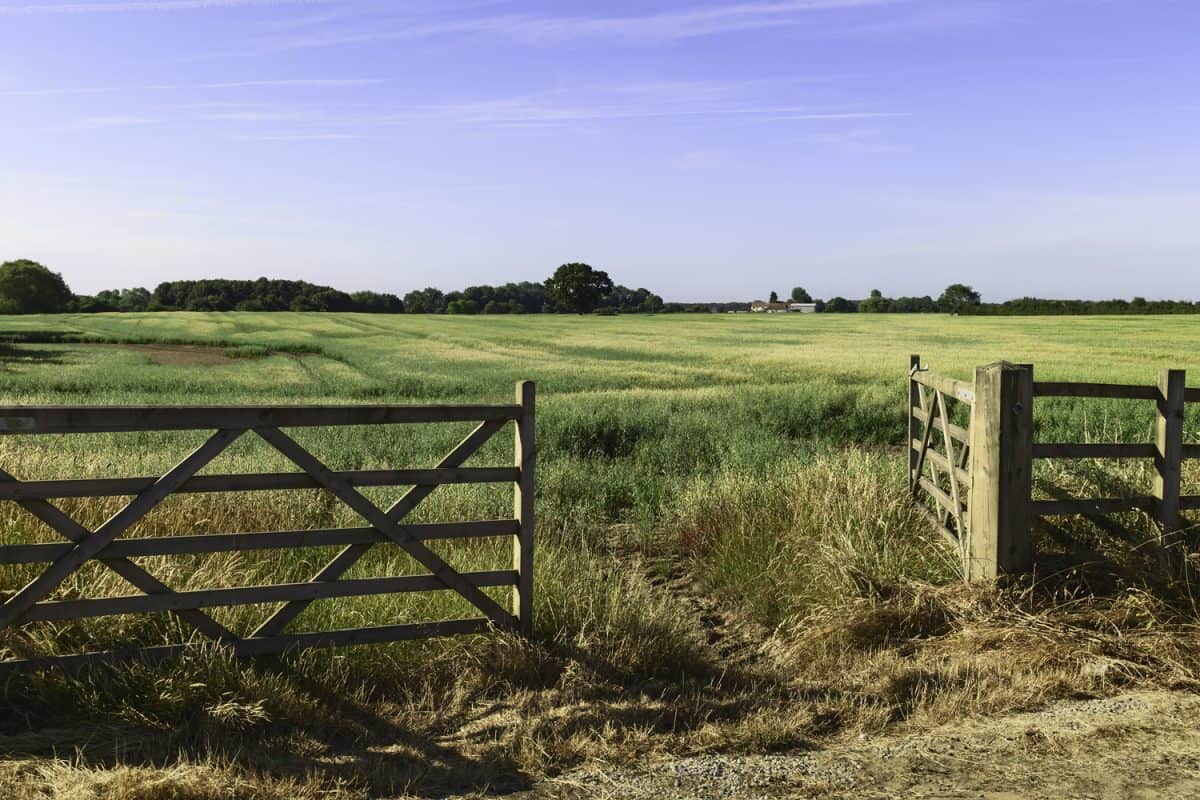
Consider the gate height. It's impractical to add a latch if the gate is too low for the livestock, like chickens or dogs, when they try to pass over the gate. They can easily escape the gate if its height does not seem appropriate for them.
The same thing applies to people. Outsiders may easily step over the gate if it's too low, so adding a latch would seem useless. Assess the gate's height depending on what or who you protect behind it.
How to Replace A Latch?
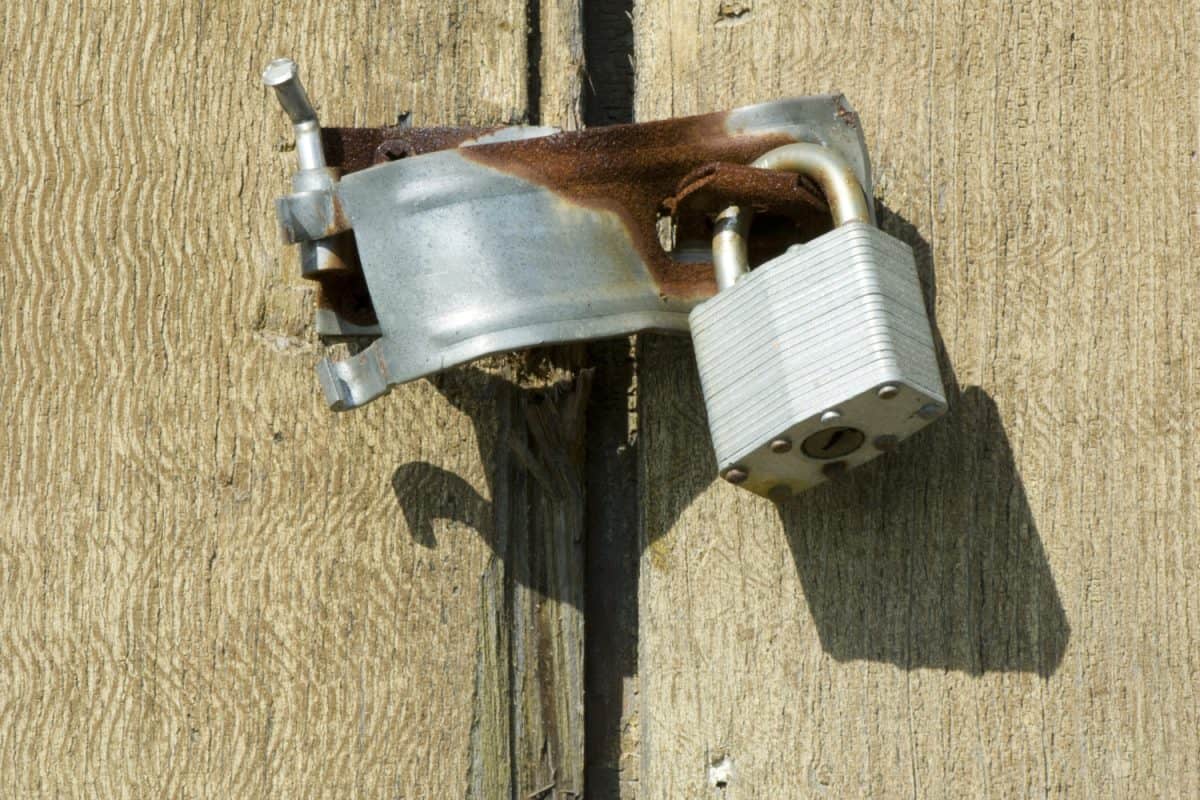
Check the gate latch if it needs replacement. The latch should be firm and able to hold the gate closed. To replace an inefficient latch, just follow these steps:
- Detach the metal plate with a screwdriver. Remove also the locking port if it's separated from the metal plate.
- There is a mark where the previous latch is installed. So, check if you can safely install a new latch without breaking the gate's surface.
- Attach the new latch with a screw or nails. This time, we recommend using a drill instead of a hammer. This is to avoid over backing the gate, since it already has markings from the previous latch.
Can You Use Multiple Latches?
You can definitely use multiple latches in one gate. They can contribute to security. Just be sure that they do not overlap each other.
Conclusion
We discussed different types of farm gate latches. We helped identify if your latch needs a padlock by looking for its locking port.
Based on the list of latches we provided, the simplest to use is the slide plate latch. The ring latch is also a good choice, as it comes with a metallic ring handle.
Depending on how your farm gate moves, you need to assess what type of latch is suitable to use.











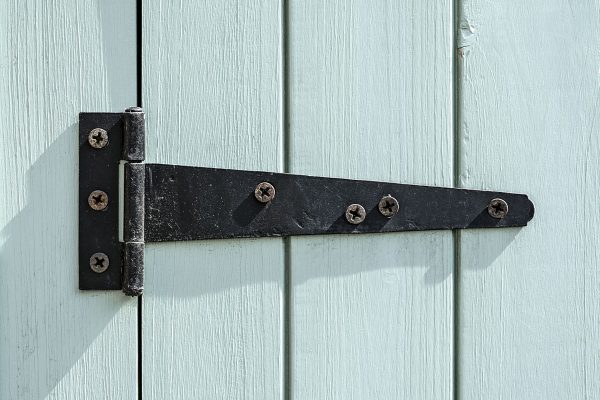
![A long black sliding metal gate for a private high end property, Can I Open My Gate With A Smartphone? [And How To]](https://fencefixation.com/wp-content/uploads/2022/05/Can-I-Open-My-Gate-With-A-Smartphone-And-How-To-600x400.png)
